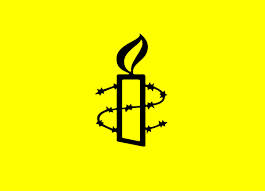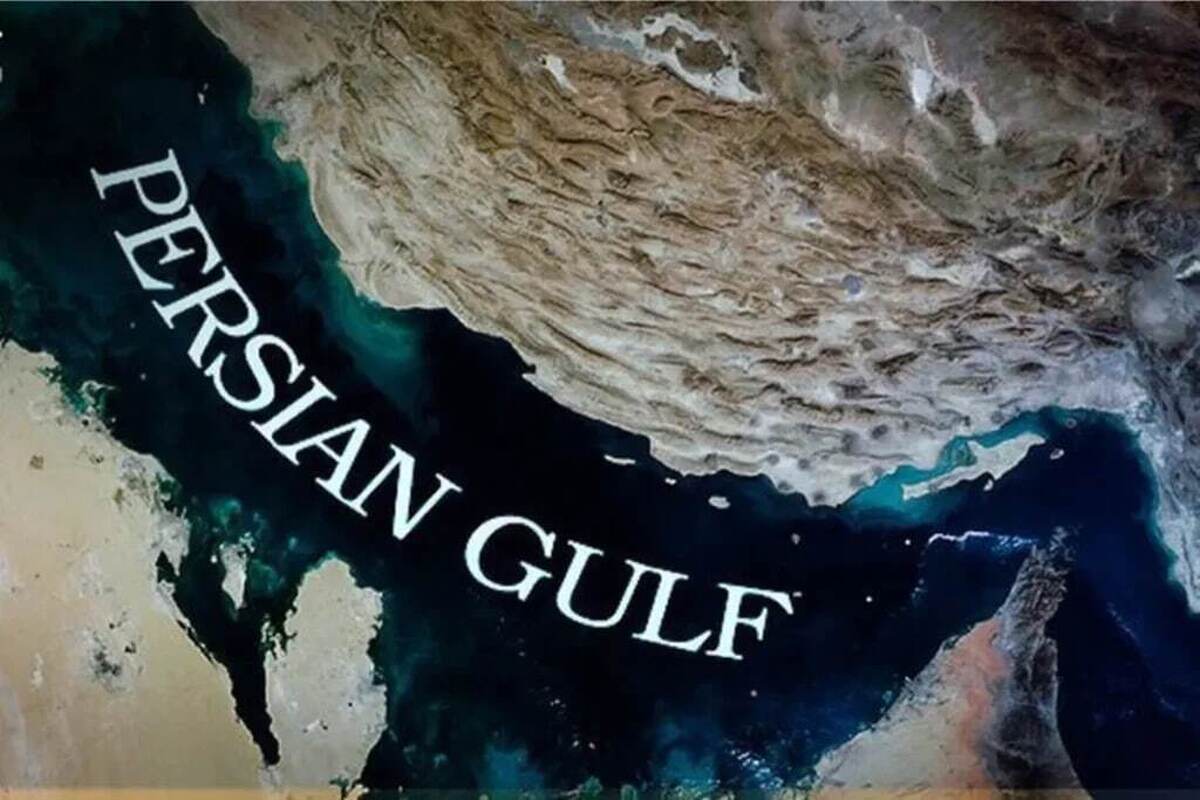
Iran: Security forces use ruthless force, mass arrests and torture to crush peaceful protests
Iranian security forces resorted to unlawful use of force, including birdhsot, and mass arrests to ruthlessly crack down on predominately peaceful protests that have erupted in various locations across Iran in recent weeks, said Amnesty International. Activists, protesters and bystanders swept up in the wave of arrests, including, children have been subjected to enforced disappearance, torture and other ill-treatment.
According to photographs, footage circulated on social media and eyewitness accounts, security forces unlawfully fired birdshot at peaceful protesters from Iran’s Kurdish minority in the city of Naqadeh in Western Azerbaijan province on 7 August, leaving dozens of people injured. Witnesses told Amnesty International that most have refrained from seeking hospital treatment for fear of arrest, torture and other ill-treatment.
“The Iranian authorities have yet again given their security forces free rein to inflict severe bodily injury on protesters to maintain their iron grip on power and crush dissent. The fact that those injured are risking their lives and health by not seeking medical care in hospital due to fear of arbitrary arrest speaks volumes about the authorities’ cruel methods of torture and other ill-treatment used against arrested protesters,” said Diana Eltahawy, Deputy Director for the Middle East and North Africa at Amnesty International.
“It is high time the international community takes concrete action over the Iranian government’s repeated deadly deployment of unlawful force with impunity against protesters, including by supporting the establishment of an investigative and accountability mechanism at the UN Human Rights Council to collect evidence of crimes under international law and facilitate independent criminal proceedings.”
To disperse protests in Naqadeh on 7 August, security forces also fired tear gas and beat peaceful protesters with batons. Mohammad Alizadeh, a 27-year-old man, was also shot dead by a person in civilian clothes during the events.
The latest crackdown in Naqadeh comes weeks after Iranian security forces unlawfully fired live ammunition to crush mostly peaceful protests over water shortages in the southern province of Khuzestan, which spread to Lorestan province, leaving at least 11 protesters and bystanders, including a teenage boy, dead, and scores - including children - injured. There has also been an ongoing wave of arrests in a poor suburb on the outskirts of the city of Kermanshah in Kermanshah province in response to protests in solidarity with Khuzestan that took place on 26 July.
Amnesty International spoke to three protesters, three relatives, and six human rights defenders.
Live ammunition and pellet injuries
During protests in the city of Naqadeh on 7 August, Mohammad Alizadeh was fatally shot in the pelvis as he was chased into a side street. Two eyewitnesses told a relative interviewed by Amnesty International that a man in civilian clothes shot him with a pistol. They said the man was walking behind a group of riot police who were chasing protesters, suggesting that he was operating alongside or at least with the acquiescence of security forces. Amnesty International obtained an X-ray of Mohammad Alizadeh’s pelvis, which was consistent with being wounded by live ammunition.
Like countless other protesters, Mohammad Alizadeh decided not to seek medical treatment for fear of arrest. According to informed sources, he had not realized that he had been shot with live ammunition as he suffered no visible external bleeding. He fell unconscious soon afterwards and died on his way to hospital. His family were told by state forensic authorities that he had died from internal bleeding caused by gunshot wounds.
A relative added that family members were pressured by the authorities into burying Mohammad Alizadeh’s body at a cemetery outside of Naqadeh, with intelligence and security officials escorting them to the burial site.
“Iranian authorities must allow an effective, independent and impartial criminal investigation into the circumstances of Mohammad Alizadeh’s death and bring those responsible for his killing to justice, in a fair trial and without resorting to the death penalty,” said Diana Eltahawy.
Amnesty International also examined multiple photographs showing classic spray patterns of birdshot injuries to the backs, legs, abdomens, necks and faces of protesters in Naqadeh. The organization also obtained a photograph showing an injury to the back of a protester’s head, which could have resulted from a tear gas canister or rubber bullets. The details of the injuries were independently verified by an external forensic pathologist.
Testimonies, photographs, and videos obtained from eyewitnesses, backed up by video footage circulating on social media since 7 August, indicate that the security forces deployed included riot police from the Special Unit Command of Iran’s police, as well as armed plainclothes agents. Based on the camouflage vests they wore and the weapons they carried, eyewitnesses believed them to be members of the paramilitary volunteer militia called the Basij.
Protesters also reported incidents of harassment and assault at the hands of some men in civilian clothes, believed to be local residents who came out in support of the security forces, wielding knives and sticks and throwing stones at protesters with the apparent acquiescence of law enforcement officials. Videos posted on social media show groups of riot police and individuals in civilian clothes attacking protesters and damaging property together.
Under international law and standards, pellet-firing shotguns must never be used in any policing situations. The use of lethal force is also prohibited except when strictly unavoidable to protect against imminent threat of death or serious injury, which according to Amnesty International’s research has consistently not been the case in in recent years in Iran.
Chilling raids and arrests, enforced disappearance and torture
For nearly a month, Iran’s intelligence and security forces have been carrying out mass arbitrary arrests targeting hundreds of people, including children as young as 12, to suppress protests. In many cases, the authorities initially subjected detainees to enforced disappearance for several days. The crackdown has taken place in various cities across Khuzestan where protests occurred between 15 and 25 July, as well as in a suburb of Kermanshah, known as Mahdieh or Dareh Derizh, where protests took place on 26 July.
Many protesters were initially held in detention facilities run by the ministry of intelligence or the Revolutionary Guards where torture and other ill-treatment are widespread.
According to eyewitnesses and human rights defenders interviewed by Amnesty International, those targeted in Khuzestan and Kermanshah have included not only protesters identified through informants or images from surveillance cameras, but also activists and former detainees from the nationwide protests of November 2019.
In many cases, detainees were seized by masked gunmen during violent overnight raids on their homes.
The relative of a man from Ahvaz in Khuzestan province, who was released after 12 days, told Amnesty International that he was held in solitary confinement in a ministry of intelligence detention facility. He described being interrogated while blindfolded, repeatedly slapped, threatened with prolonged imprisonment and forced to sign written statements without being allowed to read them.
A 14-year-old boy was also arrested during protests in Ahvaz and taken to a detention centre run by the Revolutionary Guards. According to an acquaintance, the boy was held without access to his family or a lawyer for about a week and on upon release had bruises on his face and body.
An eyewitness from the area near Kermanshah described similar patterns of torture and other ill-treatment committed against those arrested in his neighbourhood since 26 July. He cited the case of a friend who emerged from prison with bruises all over his body.
Hundreds remained detained in overcrowded conditions putting them at risk of Covid-19.
“The Iranian authorities must immediately end this ongoing wave of arbitrary arrests and detentions, release all those detained solely for peacefully exercising their rights to freedom of expression and peaceful assembly and protect all detainees from torture and other ill-treatment,” said Diana Eltahawy



